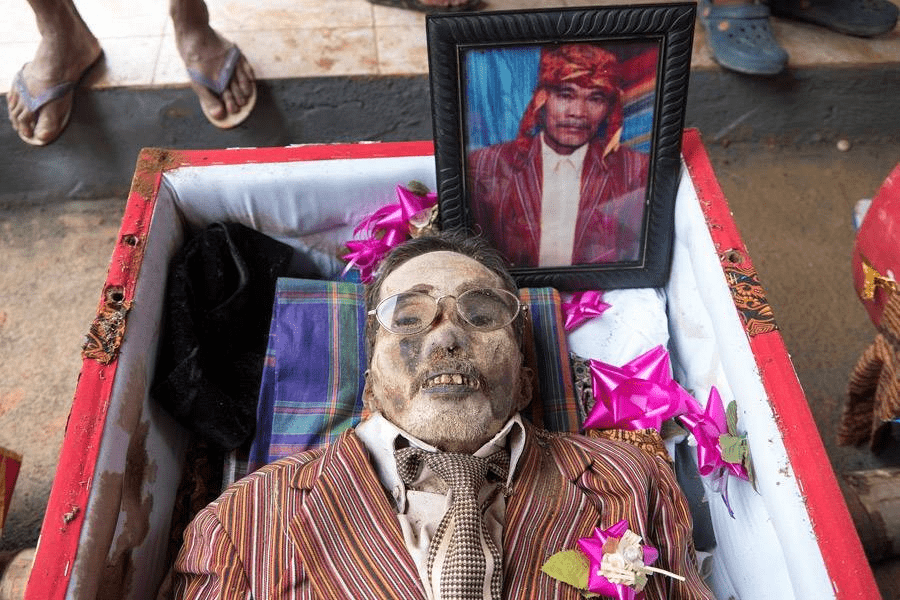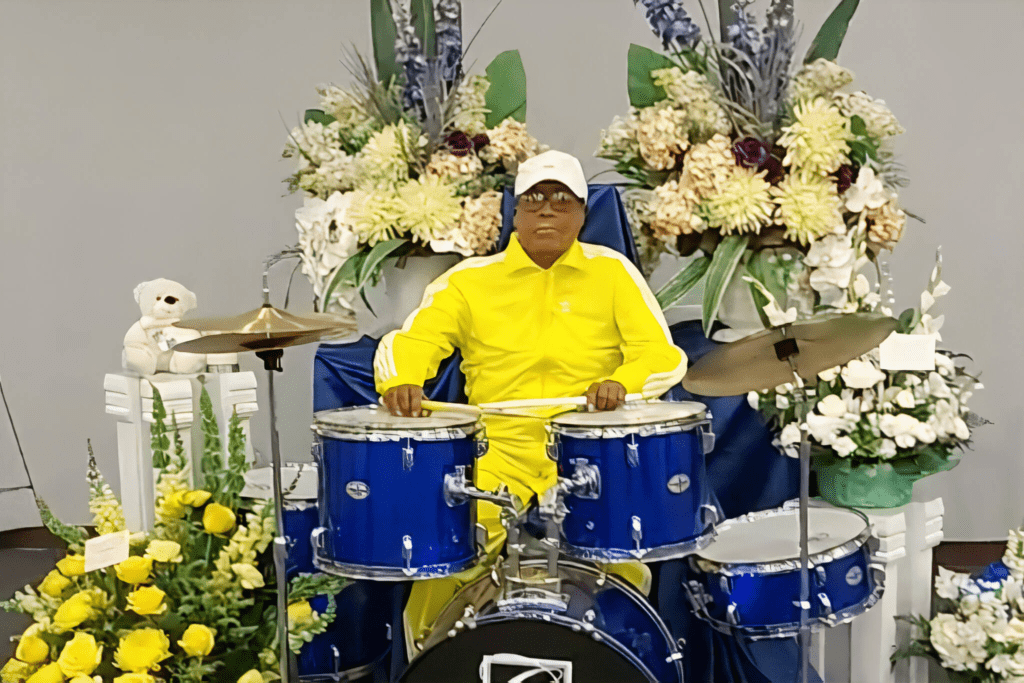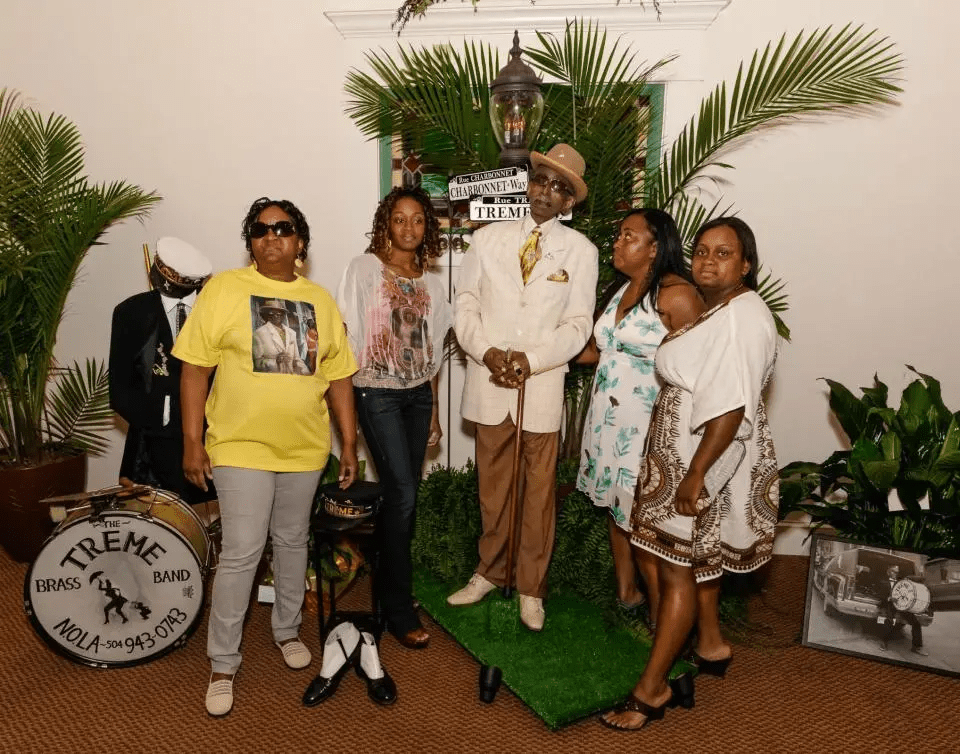
What Is Extreme Embalming and Why Is It Controversial?
Extreme embalming transcends traditional preservation techniques by aiming to preserve and present the deceased in a lifelike, often interactive manner. This practice, while not mainstream, has gained attention for its unique approach to memorialization, particularly in regions like Puerto Rico and New Orleans, where it’s known as “el muerto parao” or “dead man standing.”
Extreme embalming seeks to capture the essence of the deceased’s life through posing, where bodies might be seated, standing, or engaged in activities they love. This involves meticulous embalming techniques, including using special fluids to harden the body, positioning it in desired poses, and sometimes employing prosthetics or makeup for a more lifelike appearance.
Trending Now!!:
Predominantly, this practice has cultural roots in celebrating life rather than mourning death. It reflects a shift towards personalized memorials, where the deceased’s personality and hobbies are highlighted, offering a final glimpse into their world as if they were still part of it. The process is labor-intensive and costly due to the required materials, expertise, and time. It might involve not just embalming but also setting up environments or scenarios around the body, which can quadruple the expenses of a typical funeral arrangement.

While admired for personalizing death, extreme embalming also sparks debate over dignity, cost, and the emotional impact on mourners. Critics argue it might not respect the deceased’s wishes or natural dignity, while supporters see it as a form of art celebrating life. The use of embalming fluids, especially formaldehyde, raises environmental concerns due to their toxicity. However, the broader discussion on the environmental impact of embalming remains, even if not exclusive to extreme embalming.
Extreme embalming is a niche but increasingly discussed practice within the funeral industry. It pushes the boundaries of traditional embalming by aiming not just for preservation but for a lifelike presentation of the deceased. This method transcends the conventional by employing advanced embalming techniques, often involving the use of prosthetics, special effects makeup, and intricate posing to create a vivid, memorable send-off for the deceased.
The Process of Extreme Embalming
- Preparation: Like traditional embalming, the body is first prepared by removing and replacing all bodily fluids with embalming fluids. This process, however, is more meticulous and aims for an even higher level of preservation and restoration.
- Restoration and Cosmetology: Here, the process diverges significantly. Extreme embalmers might use wax, prosthetics, and makeup to restore the body’s appearance and enhance it, sometimes beyond the individual’s appearance in life.
- Posing: One of the most distinctive features of extreme embalming is the posing of the body. Instead of lying in a casket, the deceased might be seated at a table, posed with musical instruments, or placed in scenarios that reflect their hobbies or personalities. This could mean sitting at a poker table with cards in hand, standing next to a musical instrument, or even posing as if they were engaged in reading or watching TV.
- Public Display: The aim here is not just preservation for viewing but to create a tableau that tells a story or captures a moment from the deceased’s life, making the funeral a more interactive and personal experience.

Cultural and Practical Considerations
- Cultural Shift: This practice reflects a shift towards more personalized and less somber funeral rites, celebrating life rather than mourning death. Originating from practices seen in places like Puerto Rico and New Orleans, it’s gaining traction for its uniqueness and the personal touch it adds to farewells.
- Cost and Complexity: Extreme embalming can be significantly more costly due to the required labor, materials, and expertise. The process might involve several days of work, specialized equipment, and sometimes, the need for a venue that can accommodate such displays.
- Ethical and Emotional Reflections: While it offers a way to remember loved ones in vibrant, lifelike scenarios, it also raises questions about the deceased’s dignity and the emotional impact on mourners. Critics argue it might not always reflect the true wishes or personality of the deceased, potentially commodifying grief.
- Environmental Impact: Due to toxicity, traditional embalming fluids like formaldehyde have environmental concerns. While extreme embalming doesn’t necessarily use more chemicals, the broader discussion on embalming’s environmental footprint remains relevant.
Conclusion

Extreme embalming stands at the intersection of art, science, and culture, offering a new way to approach death and memorialization that challenges conventional norms. While it’s not for everyone, for those who choose it, it provides a final tribute that’s as unique as the individual it honors.
